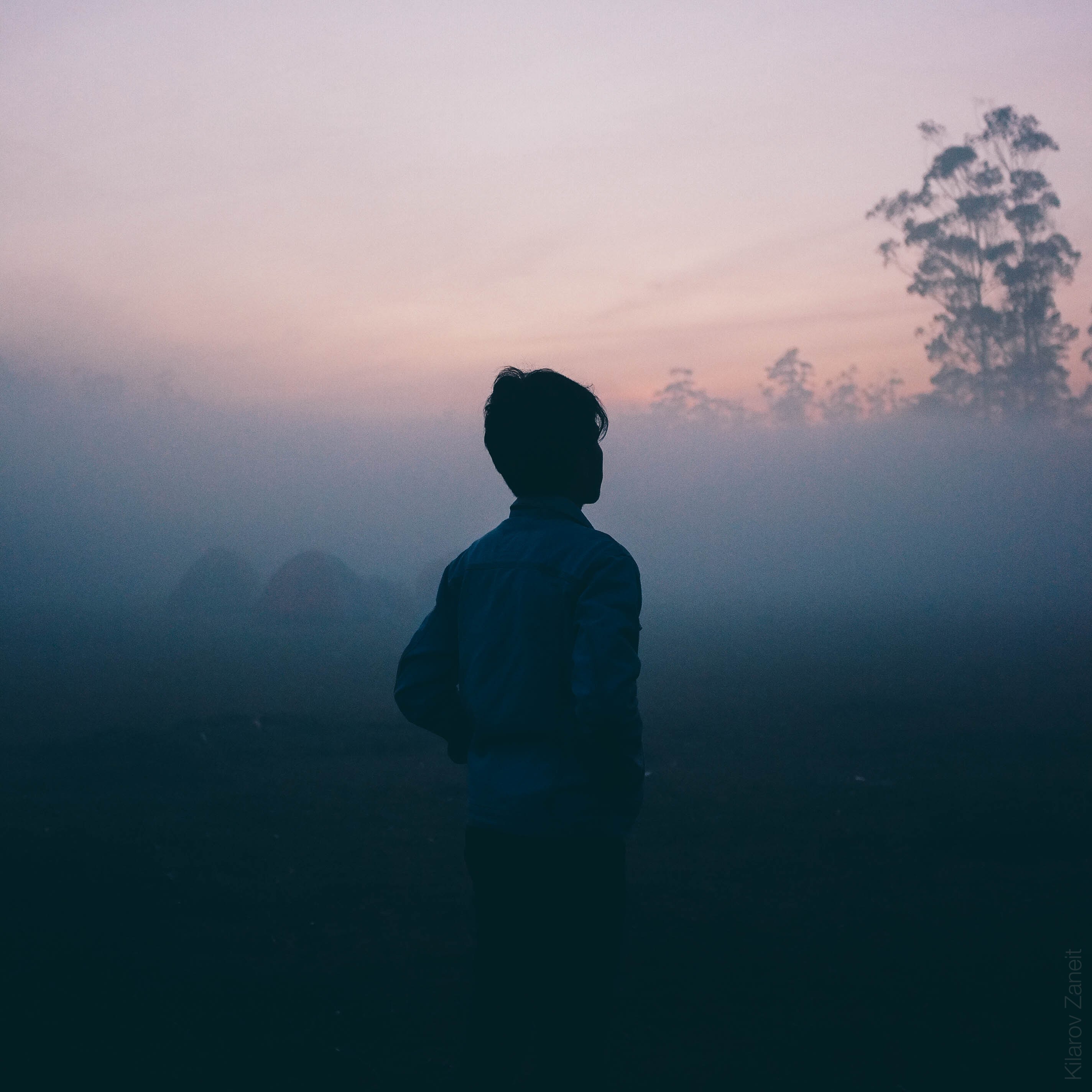Seasonal Affective Disorder and Complementary Health Approaches

Seasonal Affective Disorder (SAD), a type of depression that comes and goes with the seasons, typically starts in the late fall and early winter and goes away during the spring and summer. Depressive episodes linked to the summer can occur but are much less common than winter episodes of SAD. Some of the symptoms of the winter pattern of SAD include having low energy, overeating, craving carbohydrates, and social withdrawal. Light therapy has become a standard treatment of SAD, and antidepressants have also been shown to improve SAD symptoms.
Some people turn to complementary health approaches to prevent SAD, including light therapy, cognitive behavioral therapy – SAD, St. John’s wort, melatonin, and vitamin D. This issue of the digest provides the summary of current research for these modalities.
What the Science Says:
Seasonal Affective Disorder and Complementary Health Approaches
Modality and Summary of Current Research
There is some evidence that light therapy may be useful as a preventive treatment for people with a history of season affect disorder.
There is some evidence that cognitive behavioral therapy – SAD can be effective in reducing the recurrence and remissions of SAD and has been shown to be sustained at least between a first and second winter season.
There is limited evidence that St. John’s wort may improve some symptoms of SAD; however, the studies have been small.
There is some limited evidence (small trials involving few patients) that suggests melatonin improves sleep in patients with SAD; however, no definite conclusions about its effectiveness can be made.
At present, vitamin D supplementation by itself is not considered an effective SAD treatment.
Information for Your Patients
NCCIH Clinical Digest is a service of the National Center for Complementary and Integrative Health, NIH, DHHS. NCCIH Clinical Digest, a monthly e-newsletter, offers evidence-based information on complementary health approaches, including scientific literature searches, summaries of NCCIH-funded research, fact sheets for patients, and more.
The National Center for Complementary and Integrative Health is dedicated to exploring complementary health products and practices in the context of rigorous science, training complementary health researchers, and disseminating authoritative information to the public and professionals. For additional information, call NCCIH’s Clearinghouse toll-free at 1-888-644-6226, or visit the NCCIH website at nccih.nih.gov. NCCIH is 1 of 27 institutes and centers at the National Institutes of Health, the Federal focal point for medical research in the United States.
Copyright
Content is in the public domain and may be reprinted, except if marked as copyrighted (©). Please credit the National Center for Complementary and Integrative Health as the source. All copyrighted material is the property of its respective owners and may not be reprinted without their permission.